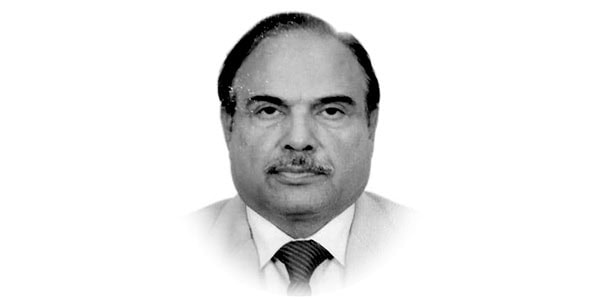Queen remained a symbol of stability for C’wealth countries
QUEEN Elizabeth-II, Britain’s longest reigning monarch and the nation’s figurehead for seven decades, passed on 8th September, after 70 years on the throne, she was 96.
The Queen died peacefully at Balmoral, Buckingham Palace. Her eldest son Charles, 73, automatically became King of the United Kingdom, head of states of 14 other realms including Australia, Canada and New Zealand.
He will be known as Charles III. Queen Elizabeth, who was also the world’s oldest and longest serving head of state, came to the throne following the death of her father King George VI on Feb 6, 1952, when she was just 25.
She was crowned in June the following year. The crowning achievement of Queen Elizabeth was to maintain the popularity of the monarchy across decades of seismic political, social and cultural change that threatened to make it an anachronism.
A dignified dependable figure, who reigned longer than any other British Monarch. Queen Elizabeth helped steer the institution into the modern world, stripping away court ritual and making it somewhat more open and accessible, all in the glance of an increasingly intrusive and often hostile media.
While the nation she reigned over sometimes struggled to find its place in a new world order and her own family often fell foul of public expectations, the Queen herself remained a symbol of stability.
She also tried to transcend class barriers and earned the grudging respect of even hardened republicans.
To much of the world, she was the personification of Britain yet she remained something of an enigma as an individual, never given an interview and rarely expressing emotions or offering a personal opinion in public, a woman recognized by millions but known by hardly anyone.
Elizabeth Alexandra Mary was born on April 21, 1926, at 17 Bruton Street in Central London.
The young princess never expected to ascend to the throne. It was only after her uncle King Edward VIII abdicated in 1936 because of his love for divorced American Wallis Simpson that the crown passed to her father, George VI, when she was 10.
Elizabeth was just 25 when her father died and she became Queen Elizabeth II on February 6, 1952, while on tour in Kenya with her husband Prince Philip.
During her 70 years on the throne, Britain underwent dramatic change. The austere post war 1950 gave way to the swinging 60s, the divisive leadership of Margaret Thatcher in 1980, Tony Blair’s three terms, New Labour Era, a return to economic austerity and then the Covid pandemic.
During her time on the throne, eight referendums were held on becoming a republic, three of which passed, Ghana 1960, South Africa 1960, and the Gambia 1970.
Barbados declared itself a Republic without holding a referendum. Those that did not pass were a first referendum in the Gambia 1965, two in Tuvalu 1986 and 2008, Australia 1999 and Saint Vincent and Grenadines 2009.
Her marriage to Philip, a Greek Prince she married in 1947, aged 21, stayed solid for 73 years until his death in April last year, but her sister, daughter, and two of her sons were very publicly not so lucky in love.
She famously described as an annus horribilis the 40th anniversary of her accession in 1992 after three of her four children’s marriage failed and there was a fire at her Windsor Castle residence.
Queen Elizabeth was on the throne for most of the Cold War from the death of Soviet Leader Josef Stalin in 1953.
During her reign there was 14 US Presidents from Harry S.Truman to Joe Biden, and she met all bar Lyndon Johnson.
Britain’s vote to leave the European Union in 2016 exposed deep divisions in British society, while nationalists continued their push for a new referendum on Scottish independence that had the potential to rip apart the United Kingdom.
At her death, she was head of the State of Antigua and Barbuda, Belize, Canada, Grenada, Jamaica, New Zealand, Papua New Guinea, Saint Kitts and Nevis, Saint Lucia, Saint Vincent and the Grenadines, Solomon Islands, Tuvalu and the UK.
These countries are distinct from the broader 54 State Commonwealth of Nations that have historical ties to the United Kingdom, but did not necessarily choose to have the queen as head of the state.
Over her entire reign, she was head of the state of 32 countries in total. At the peak, she was queen of 18 countries at the same time, between 1983 and 1987, since then, Fiji in 1987, Mauritius in 1992 and Barbados in 2021 have become republics.
Queen Elizabeth visited Pakistan twice; once in 1961 in President Ayub’s era and in 1997. The Queen was very much impressed to visit Pakistan in 1961 and remained on a 15-day official visit.
—The writer is former Secretary Election Commission of Pakistan and currently Chairman National Democratic Foundation.










